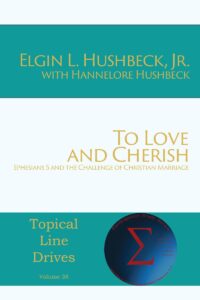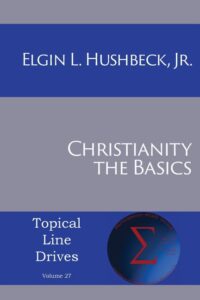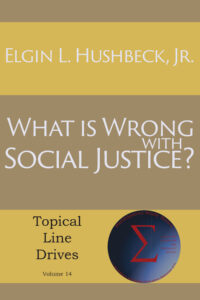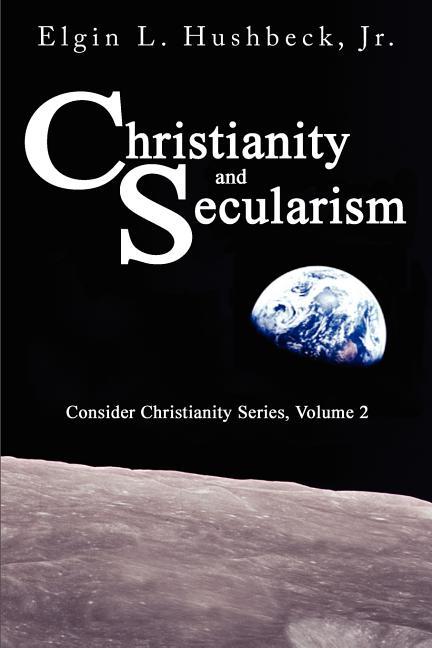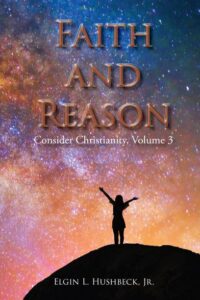A Review of Zeitgeist, The Movie Part III
Friday, July 27th, 2007 by Elgin HushbeckJuly 27, 2007, Wausau, Wi — In the first two parts of my review of Part I of Zeitgeist, The Movie I showed how the movie’s faulty and at times dishonest use of the evidence is behind their false claims. Towards the end of this part, the movie turns to more standard, though none the less false, attacks on Christianity.
This section opens with an unidentified and unseen speaker ridiculing Christian beliefs about creation and a supposed attempt at defending it. Even if this unidentified speaker’s depiction is accurate, it simply does not follow logically that there is no support, or that Christian beliefs are false. Whether this part of the movie commits the fallacy of a strawman argument or the fallacy of hasty generalization, it remains fallacious.
The movie then returns to parallels once again, trying to link Jesus and Joseph. Again this reveals the problems with such parallels. The movie claims that both Jesus and Joseph had a “Miracle Birth.” That Jesus was born of a virgin certainly qualifies as a miracle, but Joseph was born to Jacob “in his old age.” Yet these are treated as if they were the same. Then there is the stretch that “‘Judas’ suggests sale” to try and make the parallel line up.
From there the movie, attempts to claim that Jesus did not exist. Again while a popular claim during the 19th and early 20th centuries it has now been pretty much refuted. Even Michael Martin, a recent supporter of this view admits that this view “is highly controversial and not widely accepted.” A huge problem is that none of the early opponents of Christianity ever made this argument. As I point out in my book, Christianity and Secularism, after reviewing what the early critics say, “what we see with many of these non-Christian sources is an acceptance of the claims of Christianity, with attempts to provide alternative explanations.”
Even the discussion of Josephus is simplified and distorted. The movie claims “it has been proven to be a forgery for hundreds of years.” The problem is that Josephus has two references to Christ; the first pretty clearly has been changed by Christians because it is too pro-Christian to have been written by a Jew. Yet the other passage refers to Jesus in a derogatory way and it would not have been written by a Christian. So it appears that while Christians did change the first passage, it was a change and not a complete insertion, and thus Josephus did make some reference to Jesus.
After another nameless faceless voice calling Christianity a “Roman story,” the movie begins to make one false claim after another about the history of Christianity. It start with the standard conspiratorial line that the council of Nicaea established the Christian doctrines as a means of social control. Again, as I describe in Christianity and Secularism “the Council of Nicaea did not create any new doctrines, but merely reaffirmed old doctrines as the official position of the church.” This is not a simply a matter of belief or conjecture. All one has to do is read the early church fathers who wrote long before the councils to see this.
From this falsehood, the movie then makes the absurd claim that “for 1600 years the Vatican maintain a political strangle hold on all of Europe.” There are many problems here. For one, at the time of the council of Nicaea, the Roman Bishops had not yet really claimed a primacy for themselves, and it would be hundreds of years before the office of Pope came to resemble what it does today. So to talk of a Vatican stranglehold this early is silly. In fact it is not until 1054 AD that you really get the Roman Catholic Church when it split with the Eastern Church. Another problem is that 1600 year after 325 AD would be 1925. But just how did “the Vatican maintain a political strangle hold on all of Europe” when you had the Reformation? Or what about the Avignon Captivity where the Kings of France so dominated the Church that the popes move had to Avignon for 70 years. The simple fact is that the movie’s history is not just simplistic, it is wrong. Things were much more complex than the movie implies.
Nor do the errors end there, for the movie begins to recite a list of crimes of the Church: the Dark Ages, the Crusades, and the Inquisition. Space here does not permit a complete discussion of these myth and distortions, which are discussed in my books. But for example, historians have long since realized that the Dark Ages never happen but this was a pejorative label and false view of history from those in the ‘enlightenment.’ This period, which is now more correctly called the Middle Ages, was actually a dynamic and complex intermingling of three forces, the failing Roman society, the invading barbarian society, and Christianity; all trying to recover civilization following the collapse of Rome. So to claim that the Christianity brought on the Dark Ages is simply historically false. Likewise with the crusades, and even the inquisition, things are not quite so simplistic as the movie implies. This is not to commit the opposite error of the movie and say that everything the church did was good. It wasn’t and great evil has been done by Christians over the centuries. But if you look at both the positives and the negatives, the church has on the whole been a strong force for good.
In summary, the movie is in the end little more that a series of falsehoods, distortions and faulty reasoning. It does not even hold up to a cursory examination much less a detailed one, and none of it claims can be supported.
This is Elgin Hushbeck, asking you to Consider Christianity: a Faith Based on Fact.
Note: Part II of the movie deals with how 9/11 was supposedly planned and executed by the US government, while Part III deals with how the Federal Reserve Bank is part of a conspiracy for one world government. Since these parts do not deal with Christianity, I will leave it for others to handle the errors in these parts.
